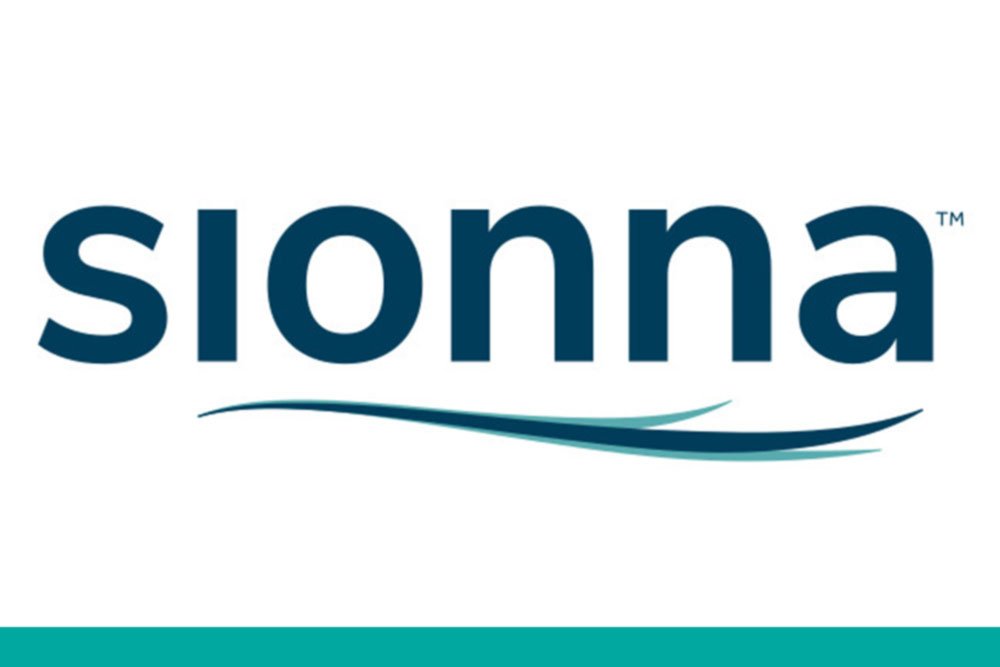What you were reading - RApport’s 2022 Top Ten
By RApport
December 21, 2022
Happy holidays from RApport! Our year-end wrap of the site’s most popular articles of 2022 reflects a challenging year for the biotech sector, featuring tumultuous markets and the shifting drug pricing policy landscape. But those pieces also reflect the ingenuity, hopefulness, and opportunity that is inherent in drug discovery and development.
As always, thank you for reading.
10. Biotech leaders urge fixes to bad senate drug deal
This July entreaty to lawmakers was signed by more than a thousand concerned biopharma executives, patient advocates, scientists, and investors. The letter detailed how the Inflation Reduction Act fails to deliver adequate relief to Medicare recipients and their families, and how it falls short of a generational opportunity to meaningfully lower patients’ out-of-pocket costs.
We are only beginning to wrestle with the new law’s unintended consequences and their impacts on biopharma innovation, which were the subjects of some of the pieces described below. But as we do that, we know there’s a broad set of industry stakeholders willing to combine their advocacy efforts to steer policy down a more productive course.
9. New year, new biotech job? Make sure you understand the value of your equity
We kicked off 2022 with a piece that grabbed the attention of job seekers. The biotech job market remains hot and this piece about understanding the real value of the stock options that come with a job offer and what they might be worth if a company succeeds remains as relevant as ever.
If you’re thinking about joining the Great Resignation and jumping into a new role at a biotech startup, it’s crucial to learn how to think about valuing competing equity offers.
8. Announcing Sionna: When it comes to cystic fibrosis, “good enough” isn’t good enough
RA Capital managing director Josh Resnick pulled back the curtain on Sionna Therapeutics, which is developing drugs that would build on the success of Vertex’s cystic fibrosis gamechanger Trikafta.
That drug is excellent - and some might consider it to be “good enough” for CF patients. But Sionna is aiming higher - with a first-in-class compound targeting the NBD1 region of the CFTR protein that has thus far eluded drug developers. As Josh says, NBD is a BFD.
7. Saving money for Medicare by abandoning new drugs for Medicare patients
Steve Potts, the founder of two biotech companies in Arizona that are currently fundraising to support drug development, is facing an odd choice foisted on him by the Inflation Reduction Act. The law is “forcing me to choose to develop a drug for kids instead of a drug for their grandparents, when I could be developing both,” he writes.
Steve is a thoughtful guide through the IRA’s various incentives and disincentives that pit small molecules against large ones and drugs for older Americans against drugs for younger ones. And he points to the solutions that can bypass these artificial distinctions while locking in the savings the new law purports to achieve (and while inspiring the image above, one of our favorite pieces of RApport artwork).
6. Addressing the elephant in the boardroom
Not everyone comes to RApport for advice on how to run board meetings and build your pre-reads … but you should. In this breakdown of everyone’s favorite SABER module (that’s Strategic Alignment: Board and Executive Resource for you newbies), we explain how and why CEOs should to take a few minutes at the beginning of a board meeting to give the board the big picture before asking them to analyze individual pieces of your narrative.
At RA Capital, we encourage our companies to use a tool called the Elephant Slide. This slide helps visualize a company’s value proposition, goals, challenges, and upcoming decisions in one place - allowing you to address the elephant in the room.
5. Alnylam is doing what the IRA is telling it to do
The recent announcement by Alnylam Pharmaceuticals that it is holding off on a planned phase 3 pivotal study for vutrisiran (marketed as Amvuttra in its sole approved indication so far, hATTR amyloidosis with polyneuropathy) in Stargardt disease illustrates how the Inflation Reduction Act is already having a negative impact on small molecule and orphan drug R&D prioritization.
Alnylam’s announcement also brought out skeptics of the biotech industry, who argue the new law is being scapegoated by innovators who want to overturn its Medicare drug-negotiation provisions. RA’s Peter Kolchinsky and Tess Cameron walked through those arguments and Alnylam’s IRA-induced motivations, and they brought receipts.
4. I walked 100 miles for this term sheet
RA’s general counsel and chief treadmill enthusiast Sarah Reed has seen the friction intrinsic to extricating technology licenses from universities up close. Here she explains how, thanks to the selfless efforts of a handful of smart and dedicated volunteers from a few tech transfer offices , law firms, and investment firms, that fraught process is getting a significant upgrade.
When we can subtract months from the time it takes to get a company up and running, that means drugs will get to market - and to patients who need them - that much faster.
3. Do stocks trading near cash offer free upside?
2022 saw plenty of biotechs navigating a financial wilderness where the markets ascribed about the same value to a company as a whole as it had cash sitting in its bank account. Seems odd, right? And maybe an opportunity?
Some investors might think so - and so we looked at the data. RA Capital analyst Alex Martinez-Forte swims through a river of spreadsheets and balance sheets to bring you some surprising answers and an absolute bevy of snazzy charts.
2. Nektar’s IL-2 legacy: The two sides of failure
Though its program failed in clinical trials, Nektar kicked off an appreciation for what might be possible with a better IL-2. As other companies carry on with programs inspired in part by Nektar’s early data and vision, Peter Kolchinsky and RA Capital partner Jake Simson explored failure in biotech, ignoring the naysayers, and the value of carrying on when the odds are slim.
“The biotech ecosystem is built on the premise that most projects will fail,” they write. “Not because we’re stupid and fail to share lessons learned that could have spared wasteful repetition of past failure (though there is some of that). But because we’re so inspired by the possibility of major breakthroughs that it’s only logical to take chances.”
1. Biotech’s dulcius ex asperis: This way through the downturn
By far and away our most popular piece of the year, Peter Kolchinsky’s thoughts about the most severe biotech sector downturn of at least the last 20 years explored why biotech found itself navigating uncharted waters, and explained how we might safely navigate out.
Please click here for important RA Capital disclosures.















